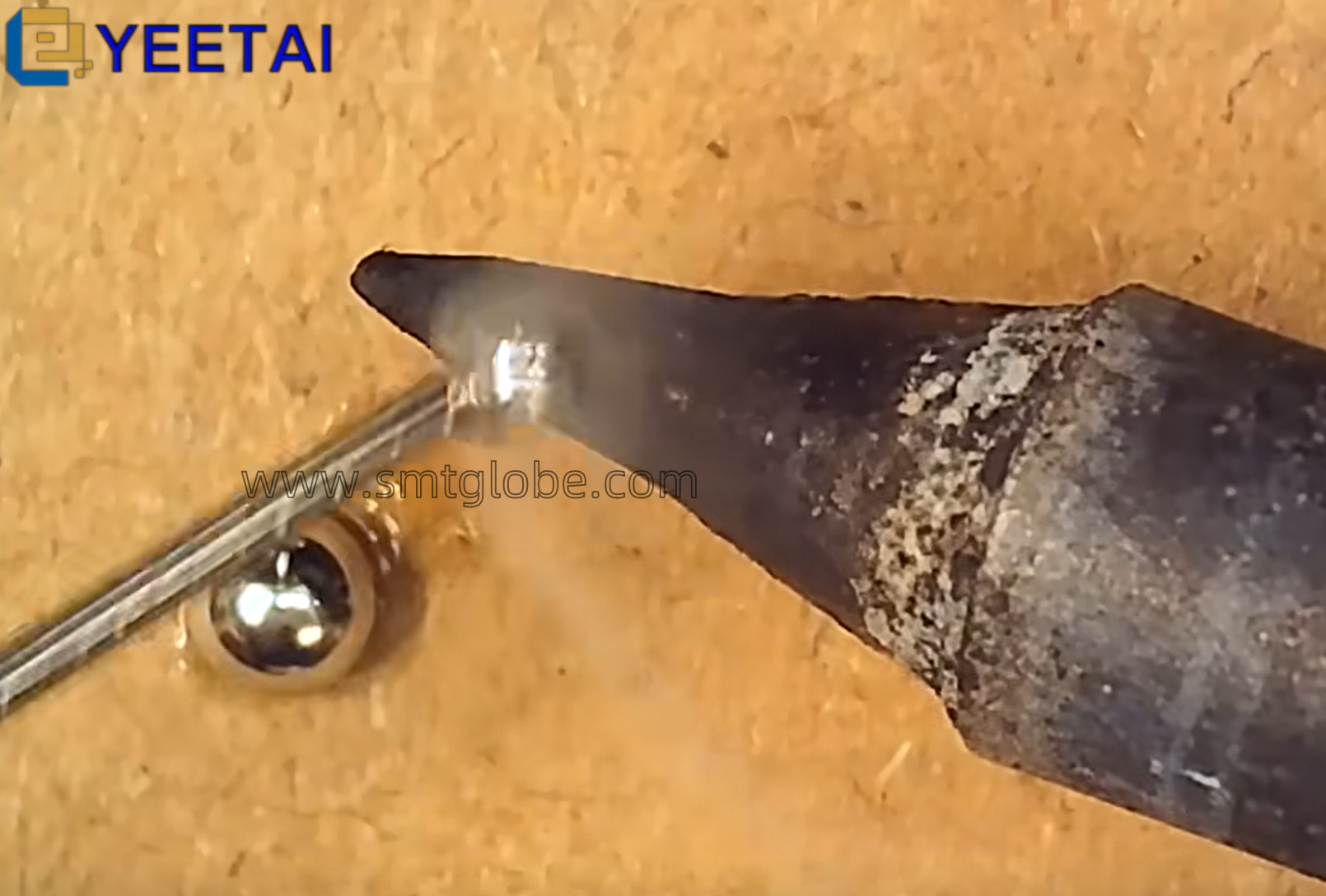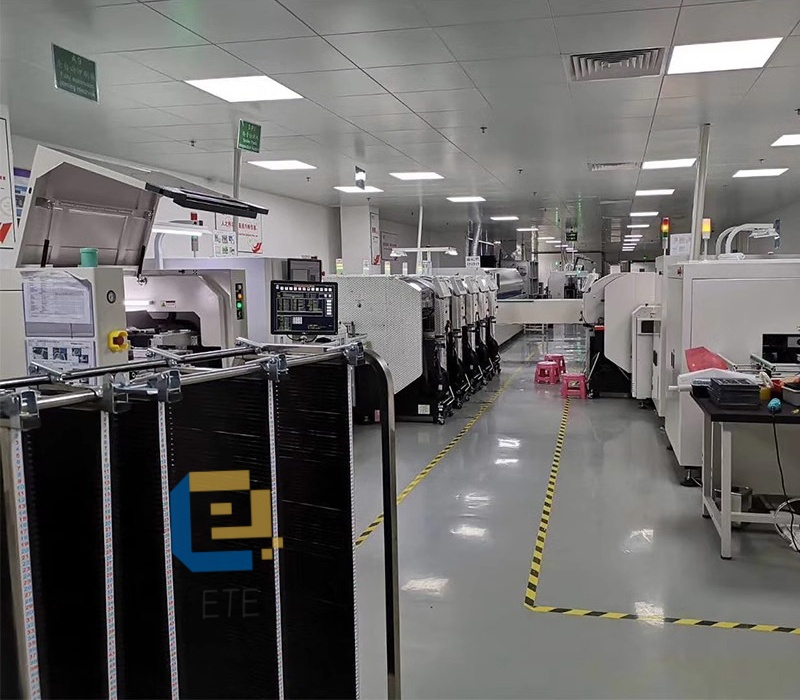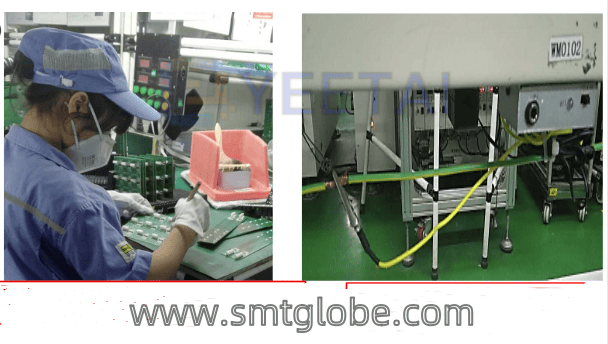In the realm of Surface Mount Technology (SMT), traditional feeders are widely used for supplying surface mount devices (SMDs) in various forms such as tape, tubes, trays, and bulk packaging. However, these conventional feeders are limited to standardized, surface-mounted, or SMD packages and cannot cater to large, non-SMD components. This often necessitates manual handling, which is inefficient and labor-intensive, particularly for components like aluminum electrolytic capacitors (with diameters of 8-15mm) used in the production of LED color television power boards. The challenges include low production efficiency, inconsistent product quality, and high labor costs.
This article introduces a specialized feeder designed for pre-processing non-SMD components that have been tape-packaged, facilitating the automated loading of these components into insertion machines.
Features of the Non-SMD Component Feeder
1. Structure and Components
The feeder consists of a framework that houses several components, including:
- Feeding Assembly: Responsible for advancing the packaged non-SMD components into the system.
- First Cylinder: Drives the feeding and pushing operations.
- Cutting and Bending Assembly: Processes the leads of the components.
- Second Cylinder: Operates the cutting and bending actions.
- Electromagnetic Valve: Controls the movements of both cylinders.
2. Feeding Mechanism
The feeding assembly includes a linkage rod that connects to the pushing mechanism, converting the push motion into an up-and-down motion for the feeding assembly. This ensures a smooth transition of components into the cutting and bending section.
3. Cutting and Bending Assembly
This assembly features:
- A Material Fixing Block that secures the component leads.
- A Cutting Knife that cuts the leads of the secured components.
- A Bending Press Block that bends the leads post-cutting.
4. Sensing Mechanisms
An inlet position sensing switch in the feeding assembly activates the first and second cylinders upon detecting a non-SMD component on the tape. Additionally, there’s an outlet switch on the straight guide rail that initiates the linear feeder when components are detected, streamlining the loading process.
5. Output Integration
The output end of the feeding assembly connects to a straight guide rail that feeds the processed non-SMD components to the insertion machine. A linear feeder is integrated with this guide rail, enabling oscillatory loading of components directly into the next stage of production.
Benefits of the Non-SMD Component Feeder
The proposed feeder enhances the production capabilities of automated insertion machines, improving both output efficiency and product quality while also reducing manufacturing costs. By automating the loading process of non-SMD components, manufacturers can achieve more consistent results and better labor distribution.
At YEETAI, we produce all kinds of feeder to upgrade SMT machines.



